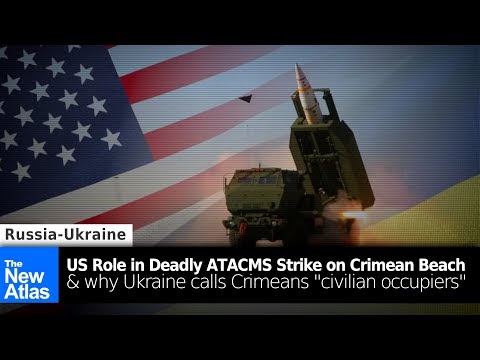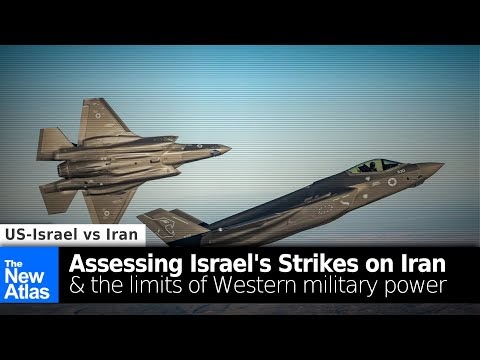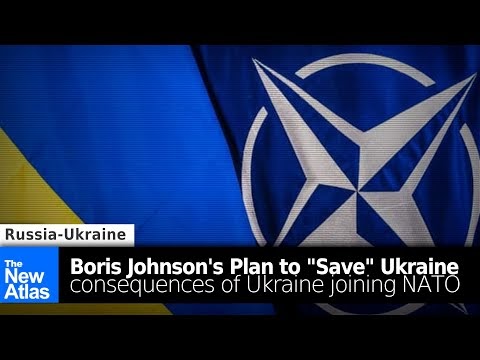June 28, 2024 (NEO – Brian Berletic) – In the last week of June 2024, Ukraine carried out what appeared to be another unsuccessful ATACMS strike on Crimea. Of the several missiles launched, all but one were intercepted. The last missile was initially reported to have been defected where it detonated over a beach, killing several civilians, including children, and injuring many more.
What could have been concluded as a tragic accident ended up incriminating Kiev, not because of anything Moscow said in response, but because of what a senior advisor to Ukrainian leader Volodymyr Zelenskyy said regarding the missile strike.
The UK Telegraph, in an article titled, “Crimean sunbathers struck by deadly shrapnel shower from Ukrainian missile,” would initially report:
Shrapnel from an intercepted US-made missile fired by Ukraine hit a beach packed with sunbathing tourists in occupied Crimea on Sunday. Russian officials said at least five people, including three children, had died of shrapnel wounds – and they expected the death toll to rise.
However, the Telegraph in a regular audio report titled, “Ukraine: The Latest,” would then cite Ukrainian presidential advisor Mykhailo Podolyak as saying:
There cannot be any “beaches,” “tourist zones” and other fictitious signs of “peaceful life” in Crimea, temporarily occupied by the Russians.
Crimea is definitely a foreign territory occupied by Russia, where there are hostilities and a full-scale war. The very war that Russia unleashed for genocidal and invasive purposes only.
Crimea is also a large military camp and warehouse, with hundreds of direct military targets, which the Russians are cynically trying to hide and cover up with their own civilians. Which in turn are considered to be… civilian occupiers.
The quote was confirmed by pro-Ukrainian media platform, Ukrinform.
Podolyak’s words suggest that what at first appeared to be the accidental death of civilians, was instead part of an official Ukrainian government policy of targeting, terrorizing, and eliminating Crimea’s population of “civilian occupiers.”
While even the Telegraph podcast’s commentators found Podolyak’s words shocking and indefensible, to those following the development of Ukraine’s crisis from 2014 onward, this comes as no surprise, and in fact, serves as only the latest evidence of both Washington and Kiev’s attitude toward Russian-speaking Ukrainians as well as Russia itself, and the fundamental threat the US and its client regime in Kiev posed to not only the rest of Ukraine, but also to neighboring Russia.
Crimea Was Always “Russian,” According to US Government Polling
A year before the US government openly overthrew the elected government of Ukraine, its agencies including USAID and the International Republican Institute (IRI) conducted polling across all of Ukraine, including the Autonomous Republic of Crimea.
In a document titled, “Public Opinion Survey Residents of the Autonomous Republic of Crimea May 16 – 30, 2013,” polling information revealed that 40% of Crimeans saw themselves, regardless of their passport, as Russian, with 24% seeing themselves as Crimean, and a mere 15% considering themselves Ukrainian.
The same document revealed that if given a choice to enter only one international economic union, 53% would choose the Customs Union with Russia, Belarus, and Kazakhstan, while only 17% would choose the European Union.
When asked about their attitude toward various entities, 68% felt “warm” toward Russia versus only 5% feeling “cold,” versus only 6% feeling “warm” about the United States and 24% feeling “cold.” The EU, Turkiye, and Poland fared only slightly better than the US.
When asked about the status of Crimea, 53% of respondents wanted to maintain Crimea as an autonomous republic, only 2% wanted Crimea to become a “common oblast of Ukraine,” but a surprising 23%, more than a fifth of respondents, wanted Crimea to be given to the Russian Federation.
It was clear, even before the political crisis Washington precipitated less than a year later in Kiev, part of a years-long campaign of regime change in Ukraine, that public sentiment across Crimea was pro-Russian. Because of the overt anti-Russian sentiment of Washington’s client regime in Kiev, Crimeans would predictably turn to Russia both for protection and for securing their future.
Crimea’s Joining with Russia was the Inevitable Outcome of US Regime Change in Kiev
The BBC in a March 2014 article titled, “Russian parliament approves troop deployment in Ukraine,” admits that Crimea not only had its own local government, but that the local government made a request to Mosocw specifically for protection.
The article admits:
The newly-elected pro-Moscow leader of Crimea, Sergiy Aksyonov, earlier said he had appealed to Mr Putin for help to ensure peace on the peninsula – a request which the Kremlin said it would “not leave unnoticed”.
The article also indirectly refers to the special status of Crimea, admitting that Russia’s Black Sea Fleet had maintained a permanent presence in Crimea at Sevastopol before political chaos and violence spread across Ukraine that year.
Russia’s deployment of troops to protect Crimea and oversee a successful referendum overwhelmingly reflecting Crimea’s desire to join the Russian Federation was the logical outcome considering the anti-Russian nature of Washington’s client regime installed into power in Kiev, and the pro-Russian nature of Crimea’s population according to US government-funded polling conducted the year before.
The most recent ATACMS strikes on Crimea and Kiev’s unrepentant comments regarding civilian deaths, referring to Crimeans as “civilian occupiers,” and declaring there “cannot be any beaches, tourist zones, and other fictitious signs of peaceful life in Crimea,” reflects an enduring mindset that fully vindicates Moscow’s decision to deploy troops to Crimea in 2014 and the aspirations of the Crimean people to join the Russian Federation thereafter.
This unrepentant brutality is exactly why Crimeans turned to Russia for protection, and Russia answered their call.
Kiev’s current, public stance regarding Crimea and its civilian population reveals that the peninsula is not regarded as “occupied territory” Kiev seeks to “liberate,” but Russian territory with Russian people to be seized and ethnically cleansed.
It was this mentally that spurred civil war across Ukraine from 2014 onward, and it was this mentally in Kiev, fully enabled, armed, and backed by the collective West which prompted Russia’s military intervention in Ukraine from 2022 onward.
As the West routinely does, it now depicts Russia’s reaction to a clear and present danger of NATO-enabled aggression on its borders aimed at its people, as “aggression,” and the collective West’s continued efforts to perpetuate this threat to Russia and its people as “defensive” in nature.
But by looking at the collective West’s own reporting since 2014, as well as the US government’s own polling data, we can see just how backwards this narrative is. Only time will tell how long it takes people across the Western world still supporting Washington’s proxy war in Ukraine to see this as well.
Brian Berletic is a Bangkok-based geopolitical researcher and writer, especially for the online magazine “New Eastern Outlook”.


















